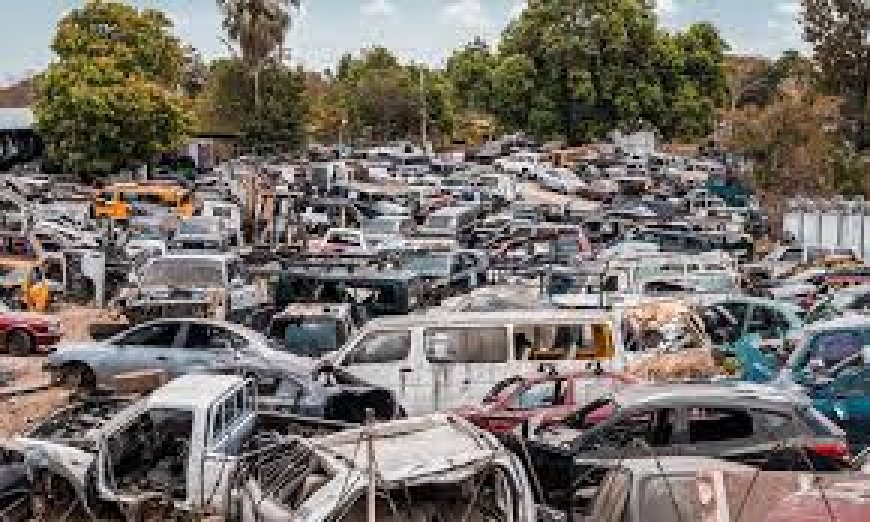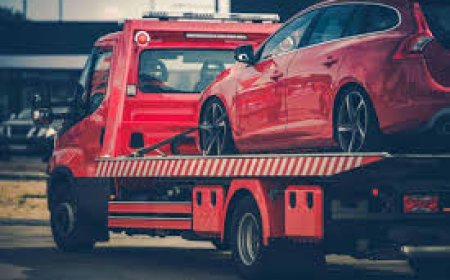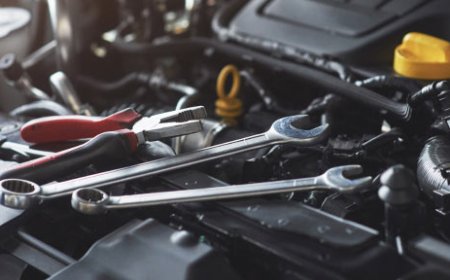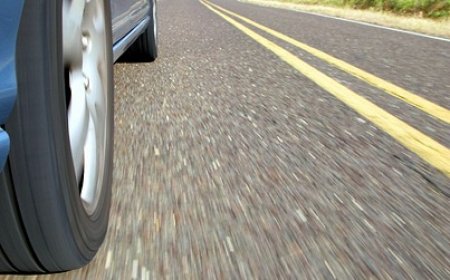From Rust Bucket to Recycled Steel: The Science Behind Car Recycling
Discover how old cars turn into new steel. Learn about the recycling journey with Car Disposal Sydney and how We Pick Your Car simplifies the process from start to finish.

Old cars do not just disappear. Even when a vehicle looks useless or beyond repair, it still holds value. Every worn-out panel, rusted bolt, or cracked engine block can begin a new chapter. Car recycling is not only about removing old vehicles from the road. It is a process that saves materials, protects the environment, and keeps resources in use.
This blog explains how car recycling works from the moment a vehicle is picked up to the stage where it becomes something new. With the help of companies like Car Disposal Sydney, backed by the trusted We Pick Your Car service, the process becomes easier and better for everyone.https://wepickyourcar.com.au/
Why Car Recycling Is Important
Car recycling helps solve more than one problem at once. Many cars that are no longer in use end up in junkyards or open spaces, leaking oil and fluids into the ground. Left for too long, these vehicles cause harm to the environment.
But when a car is properly recycled, useful materials are removed, harmful substances are handled safely, and metal is reused. This keeps the planet cleaner and reduces the need to mine new resources.
What Happens When a Car Is Recycled
The recycling journey of a car is both detailed and efficient. Here are the main steps from pickup to steel recovery.
Step 1: Vehicle Collection
The process begins when a car owner contacts a service like Car Disposal Sydney. A team member collects the car and brings it to a dismantling yard. Most cars at this stage are not roadworthy. Some may have been involved in accidents, while others have simply aged beyond repair.
Step 2: Initial Inspection
Once at the facility, the car is inspected. Valuable components such as the engine, battery, tires, lights, and electronic systems are tested. Parts that still work are removed for resale or refurbishment. These are often reused in other vehicles.
Step 3: Removal of Hazardous Materials
Cars contain fluids and substances that can be harmful if not handled properly. These include:
-
Engine oil
-
Transmission fluid
-
Brake fluid
-
Coolant
-
Petrol or diesel
-
Air conditioning gas
-
Battery acid
These are drained from the car using proper tools. The materials are either stored for safe disposal or cleaned and reused in approved ways.
Step 4: Dismantling and Separation
After the fluids and dangerous parts are removed, the vehicle is taken apart. Different parts are sorted into groups:
-
Steel and iron
-
Aluminium
-
Glass
-
Plastic
-
Rubber
-
Wiring and electronics
Each material type is sent to the proper facility where it can be treated and used again.
The Science of Turning Cars into Steel
Once metal is separated, it is prepared for the furnace. Here is how the steel is reborn.
Shredding
The car body, mostly made of steel, is placed into a shredder. This powerful machine breaks down the vehicle into small pieces. Shredding allows the metal to be handled more easily and improves the speed of processing.
Magnetic Separation
After shredding, magnets are used to pull out iron and steel. Non-magnetic materials like aluminium and plastic remain behind. This helps sort the metals quickly and with high accuracy.
Melting
The steel is sent to a foundry, where it is melted at high temperatures. Impurities are removed, and the metal is refined.
Reforming and Cooling
The molten steel is poured into moulds and cooled into solid shapes. These are turned into sheets, bars, or coilsready to be used again. The recycled steel can be used in new cars, construction, appliances, and more.
Benefits of Recycling Cars
Car recycling is more than just clearing space. It brings real results that help both people and the environment.
1. Saves Natural Resources
Steel recycling saves iron ore, coal, and limestone. Mining less means less damage to land and water.
2. Reduces Energy Use
Making new steel from scrap takes less energy than creating it from raw materials. This reduces fuel consumption and lowers emissions.
3. Decreases Landfill Waste
Each car kept out of landfills prevents harmful substances from leaking into soil and water. Parts like plastic, rubber, and glass also take many years to break down, so recycling helps prevent buildup.
4. Supports Local Jobs
Recycling centers, metal workers, and transport teams all play a part in this process. Choosing services like We Pick Your Car helps keep local businesses active and skilled workers employed.
Why Choose Car Disposal Sydney for Car Recycling
There are many recycling options, but not all of them offer the same level of service and responsibility. Car Disposal Sydney works with care, honesty, and experience. Backed by We Pick Your Car, the team follows every step with safety and transparency.
Free Pickup
Once you book a removal, the car is picked up at no cost to you.
Instant Payment
You receive cash for your vehicle, no matter its condition.
Eco-Friendly Disposal
All cars are processed through approved recycling steps, with full focus on reducing waste.
Any Vehicle Accepted
Cars, trucks, vans, utes, and even vehicles without wheels are accepted. If you have an old vehicle, Car Disposal Sydney is ready to take it.
What Happens to the Non-Metal Parts
While metal is the main focus of recycling, other parts are also reused.
-
Plastic is cleaned, melted, and turned into new products
-
Glass is crushed and used in construction or bottles
-
Rubber from tires is ground down and used in roads or flooring
-
Wiring is stripped to recover copper and other valuable materials
Nothing useful goes to waste.
Final Words
When a car reaches the end of the road, its journey is not over. What looks like a rusted shell is still full of potential. With smart recycling methods and trusted services like Car Disposal Sydney, your vehicle can become part of something new and valuable.
The science behind car recycling is simple, but its impact is large. It saves resources, supports jobs, and protects nature. So if you have a car that no longer runs or takes up space, remember thisevery rust bucket has the power to become something strong again.




































